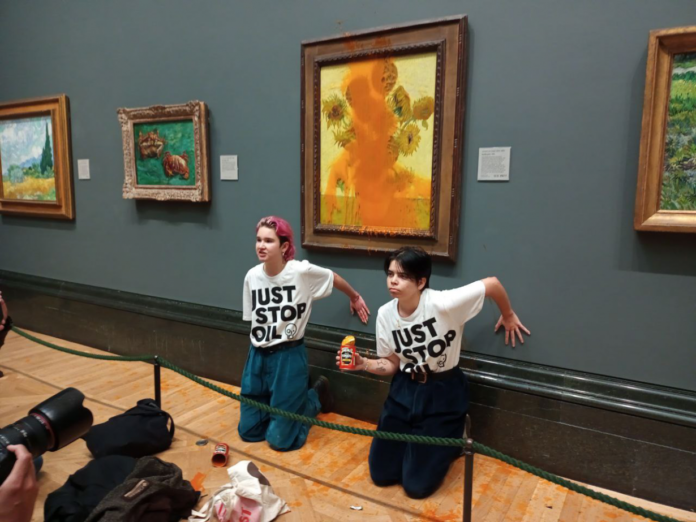Artistic activism is a dynamic practice that combines the creative power of art for emotional impact with the strategic planning of activism needed to bring about social change.
The term ‘activist art’ encompasses a great variety of artists, art forms, and objectives. It takes many forms of expression such as performance, painting, graffiti, or installations. The goals of activist artworks can also vary widely.
Works of social justice art can challenge racism, sexism, authoritarian regimes, or war. They usually have a common theme that focuses on political and social issues with the intention of changing or influencing public opinion by confronting people with an unfair or problematic status quo.
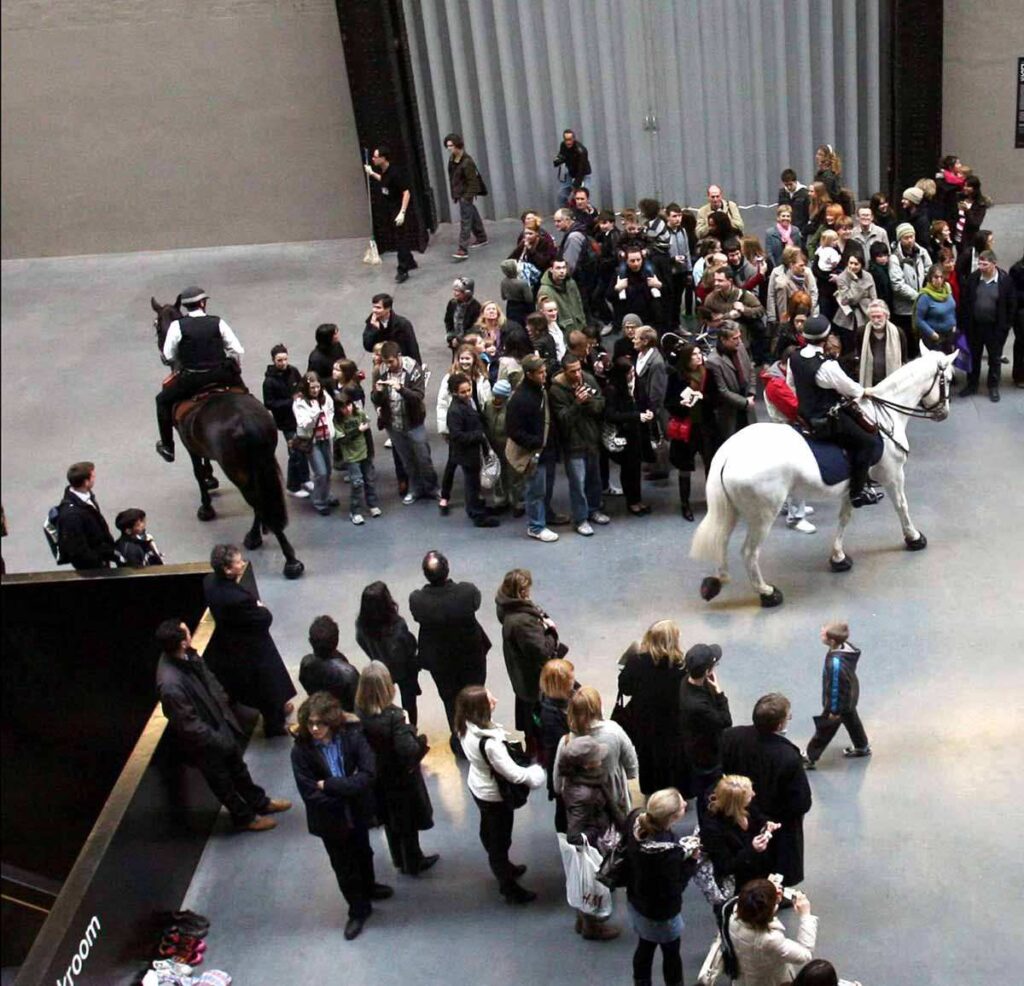
ARTISTIC ACTIVISM MOBILIZES AFFECT AND EFFECT
Art and activism do different jobs in the world. Activism, as the name suggests, is the activity of challenging and changing power relations. There are many ways to engage in activism and be an activist, but the common element is to act towards a visible goal. Simply put, the goal of activism is the action of creating an Effect.
Art usually does not have such a clear purpose. It’s hard to say what art is for or against; its value often lies in providing us with perspective and new ways of presenting our world. Artistic Activism is a practice aimed at generating Æffect: emotionally resonant experiences that lead to measurable shifts in power.
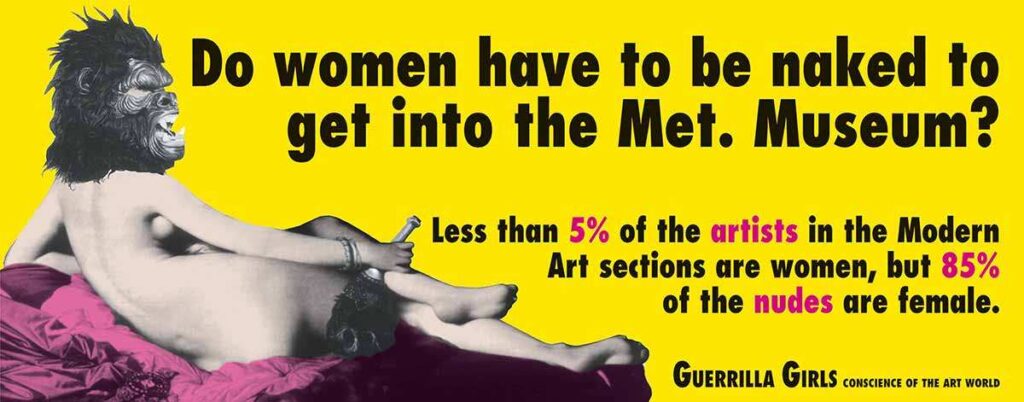
ARTISTIC ACTIVISM HAS BEEN USED THROUGHOUT HISTORY
While artistic activism is particularly well suited to the modern moment, throughout history the most effective civic actors have combined art with campaigns for social change, using aesthetic approaches to provide a critical view of the world as it is and to present the world as it could be.
For example, in the civil rights struggle for African Americans in the United States, activists drew on the stories, songs, and culture of black church participation, staged elaborate media stunts such as Rosa Parks’ refusal to give up her seat on a private bus, acted out a racist white backlash against peaceful demonstrators as a sympathetic plays of passion during a desegregation campaign in Birmingham, Alabama, and most famously used imaginative imagery (and popular cultural references) in a speech to hold America accountable for its racist past.
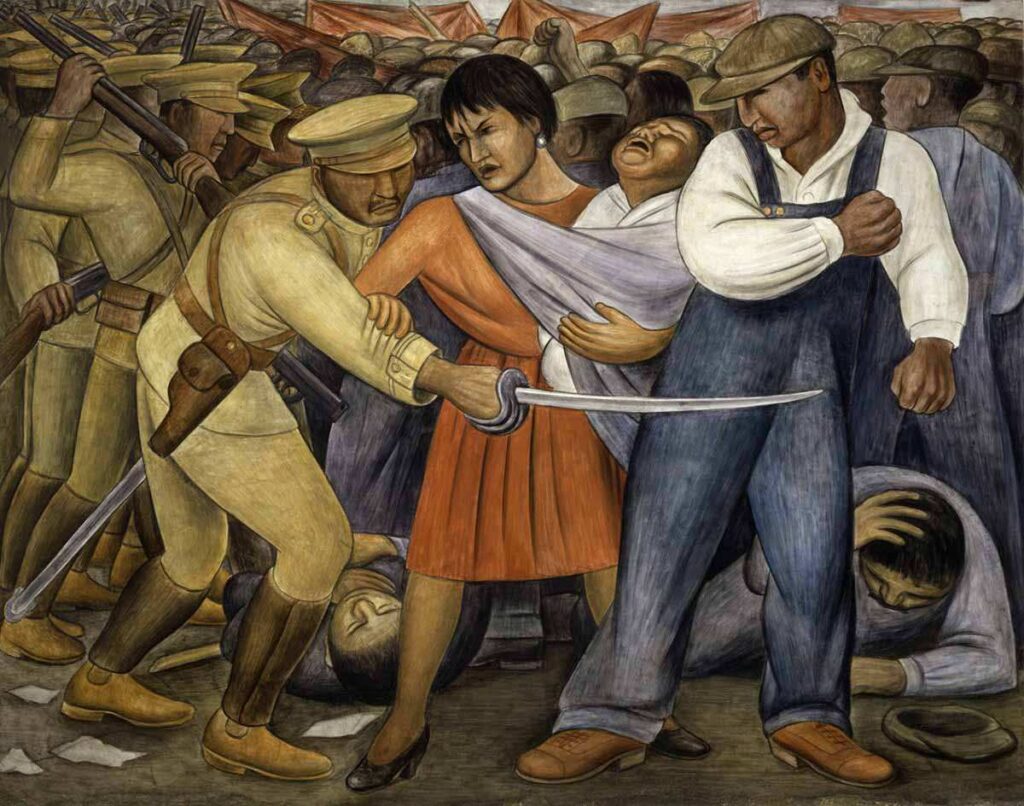
ARTISTIC ACTIVISM CREATES OPENINGS
Art and activism often conforms to expectations — and for many people those expectations are, unfortunately, negative. Artistic activism is activism that doesn’t look like activism and art that doesn’t look like art.
ARTISTIC ACTIVISM STIMULATES A CULTURE OF CREATIVITY
There is an art in every practice, including activism. This is what distinguishes the innovative from the routine, the elegant from the ordinary. Artistic creativity is essential to good organizing. It enables activist artists to imagine new tactics, strategies and goals to keep campaigns fresh and make them more effective.
Social justice art is more than coming up with creative tactics – it stimulates a culture of creativity that extends from tactics through goals to overall campaign planning.
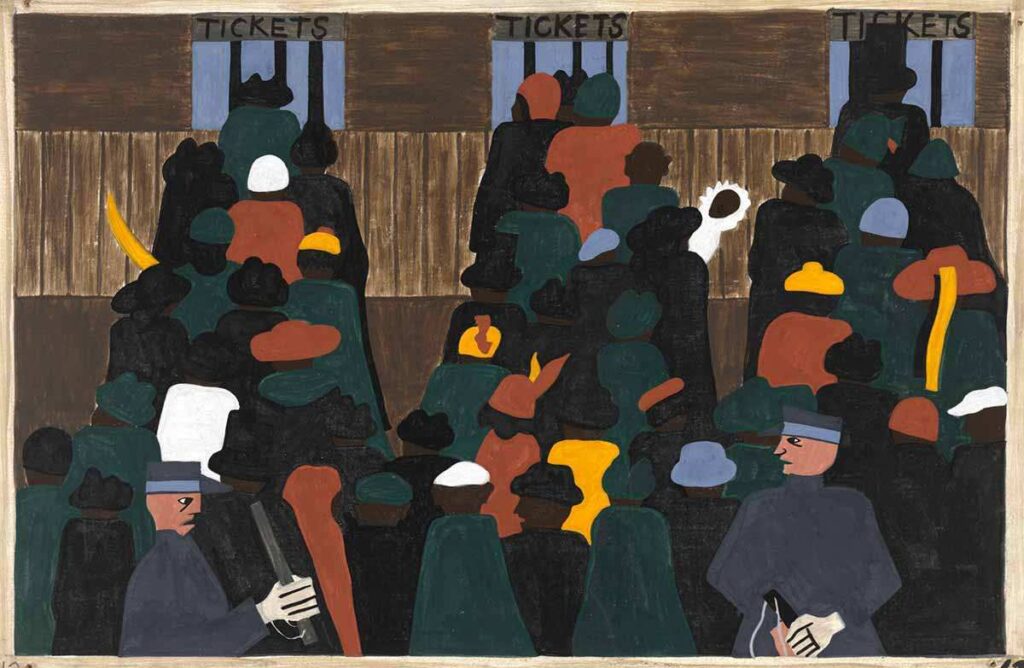
One of the most important goals of social justice art is to encourage social and political change and o create awareness of existing political and social issues. The interests, difficulties and experiences of marginalized groups are often underrepresented or not discussed at all. Social justice art can make this particular experience visible and incorporate it into historical, social and political discourse.






